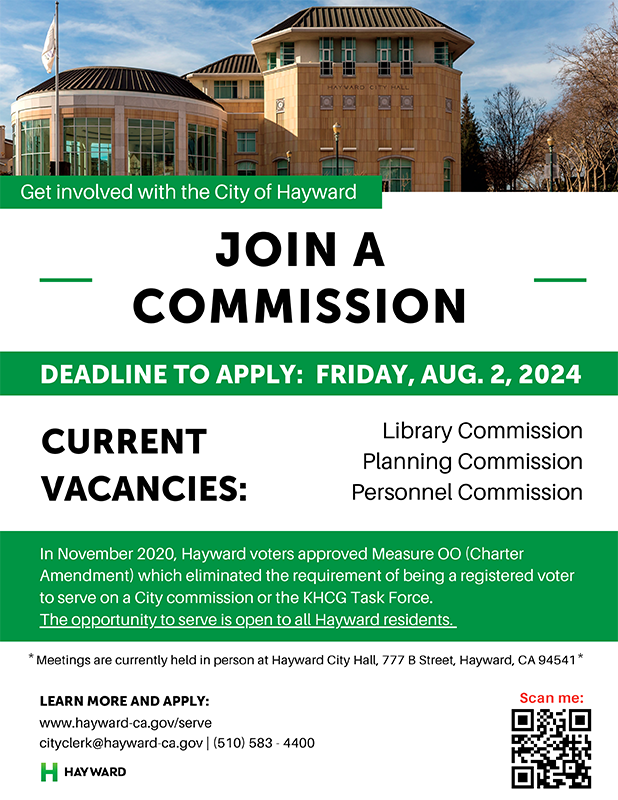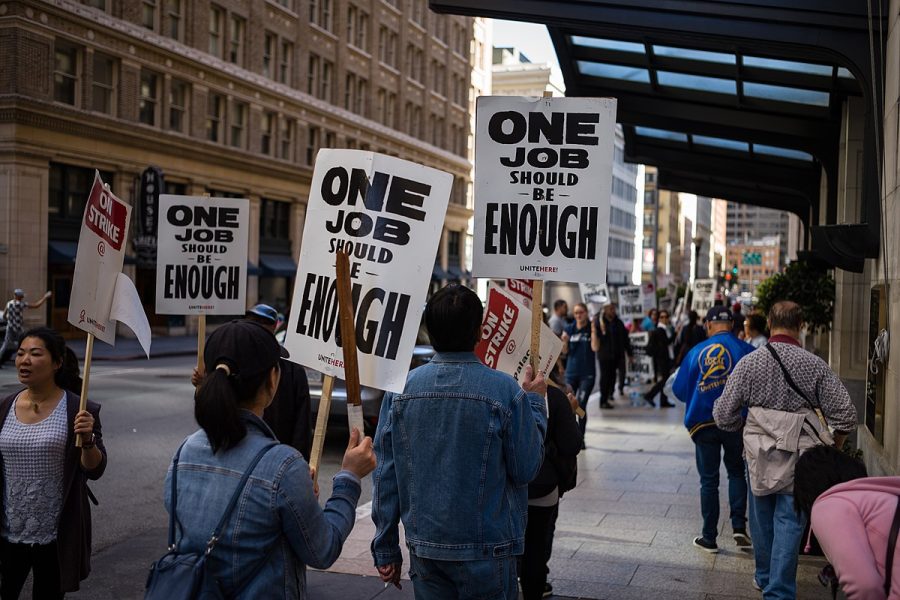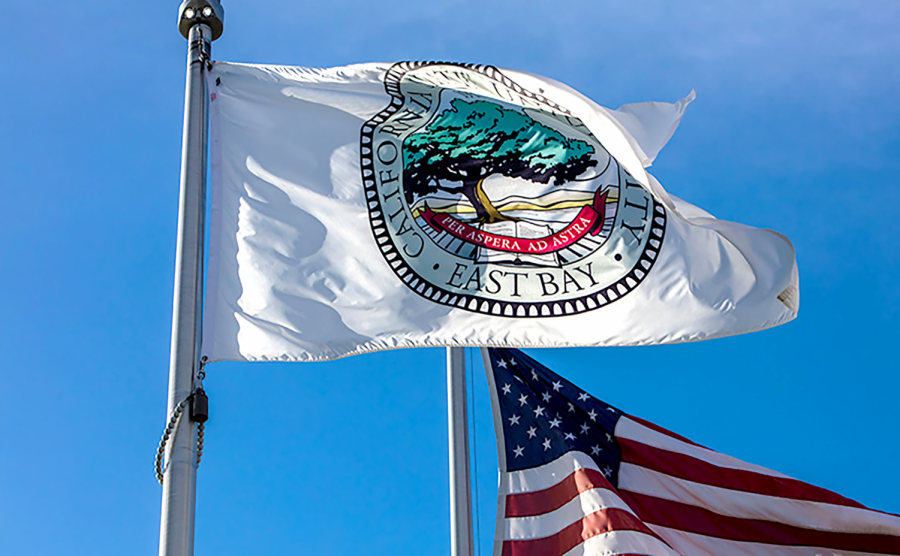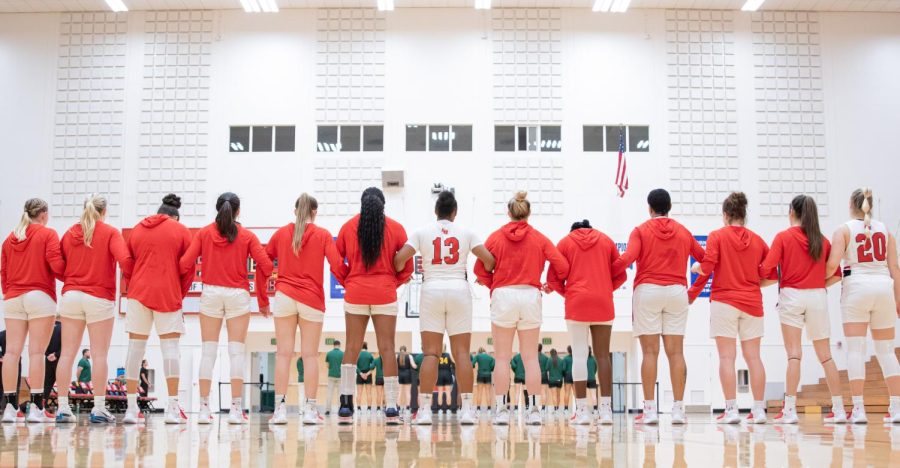College is becoming increasingly more expensive for students all across the country, and along with the recent increases in average student loan debt, many students are graduating into a harsh environment.
Student loan debt has actually surpassed credit card debt among Americans, according to the Federal Reserve Bank of New York.
Average student loan debt across the country rose last year by approximately five percent to $25,250 though this average is comparatively low for indebted students in California.
This is according to a report recently released by the Project on Student Debt, which also calculated California’s average student debt to $18,113.
For CSU East Bay, average student debt was $15,958 in 2010 with 40 percent of the student population graduating owing money, according to the report.
Increases in student loan debt are more troublesome than they may seem because unlike other types of debt, “You’re stuck with it,” according to Professor of Economics at CSUEB Lynn Paringer.
“[Student debts are] very difficult to discharge in bankruptcy court, almost impossible. You can discharge credit card debt, you can get rid of debt with respect to your house, but discharging student loan debt, can’t do,” commented Paringer.
Stated in the report by the Project on Student Debt, students who graduated in 2010 also faced the highest levels of unemployment for recent college graduates at 9.1 percent, which is still far lower than the unemployment rate for those with only a high school diploma.
Another problem with increased debt for students is that it delays their ability to take part fully in the market.
“Students who borrow too much end up delaying life-cycle events such as buying a car, buying a home, getting married [and] having children,” said Mark Kantrowitz, publisher of FinAid.org to USA Today.
The increase in student debt is also coming at a time when tuition has been going up across the country and more dramatically in California alone, as many CSUEB students are already well aware of.
The exact rise in California’s full-time four-year college in-state tuition and fees, as documented by the College Board, is 21 percent for this academic year. Last year CSUEB ranked fifth across the nation among tuition increases for public four-year institutions with a 46 percent rise, according to the U.S. Department of Education.
That may make things look pretty grim for students at CSUEB but there are some solutions offered.
Former California congressional candidate Fred Foldvary, who is also a Professor of Economics at Santa Clara University, said during a visit to CSUEB that, “More part-time work opportunities would go a long way to resolve [debt burden].
“The libertarian policy would be to eliminate all taxes on labor so there would be more employment, employment would be cheaper to hire. Students who don’t have enough money to pay the tuition, they could work part time and earn more money in order While Foldvary’s solution could potentially reduce some student debt, it seems likely that many students would still need to take out loans because of skyrocketing tuitions. The important thing is that students know what the loan entails in order to avoid being saddled with heavy debt burdens upon graduation.
“I’m a little bit worried about what information students have when they’re taking out these loans, how many students are taking out loans, and the kind of debt burden they are leaving with,” said Paringer.
According to the Project on Student Debt, universities like San Diego State are employing more complete counseling methods before students are allowed to take out loans in order to reduce unwieldy debt. This direct solution could potentially help make debt a more tenable issue for many students.
The high price of tuition along with the dangers of unwieldy debt burden on college students is turning higher education into a much more demanding investment. However, it turns out that many students at CSUEB only have a vague idea of what their return on investment will potentially be.
That was the case for Anum Farooq and Amna Naeem who are juniors in the College of Business and Economics. They knew that their majors generated relatively high incomes but one of their guesses was off by almost half in comparison to estimates published by Georgetown University.
Rigo Caballero, a member of Lambda Theta Phi, cared more about the major he enjoyed over the potential pecuniary benefits. He changed majors from Psychology to Ethnic Studies after realizing he enjoyed it more without paying attention to the impact. “I took on two loans, so I owe $5,000,” said Caballero.
However, at least one student did know the average salary estimated for his major according to a report by Georetown University. Vinay Singh, who studies Economics at CSUEB, said, “Right now, at this point, you need to get that $55,000 salary after spending so much on college in order to make more money.”
Singh looks at his degree in part as an investment and continued, “Seems like for the average person you need a degree, unless you think of something extraordinary like Mark Zuckerberg.”
With tuitions and debt burden growing, the margin for error when it comes to a college degree is getting increasingly smaller, especially with unemployment remaining stubbornly high and relatively fixed average salaries by occupation standing where they are.W


















